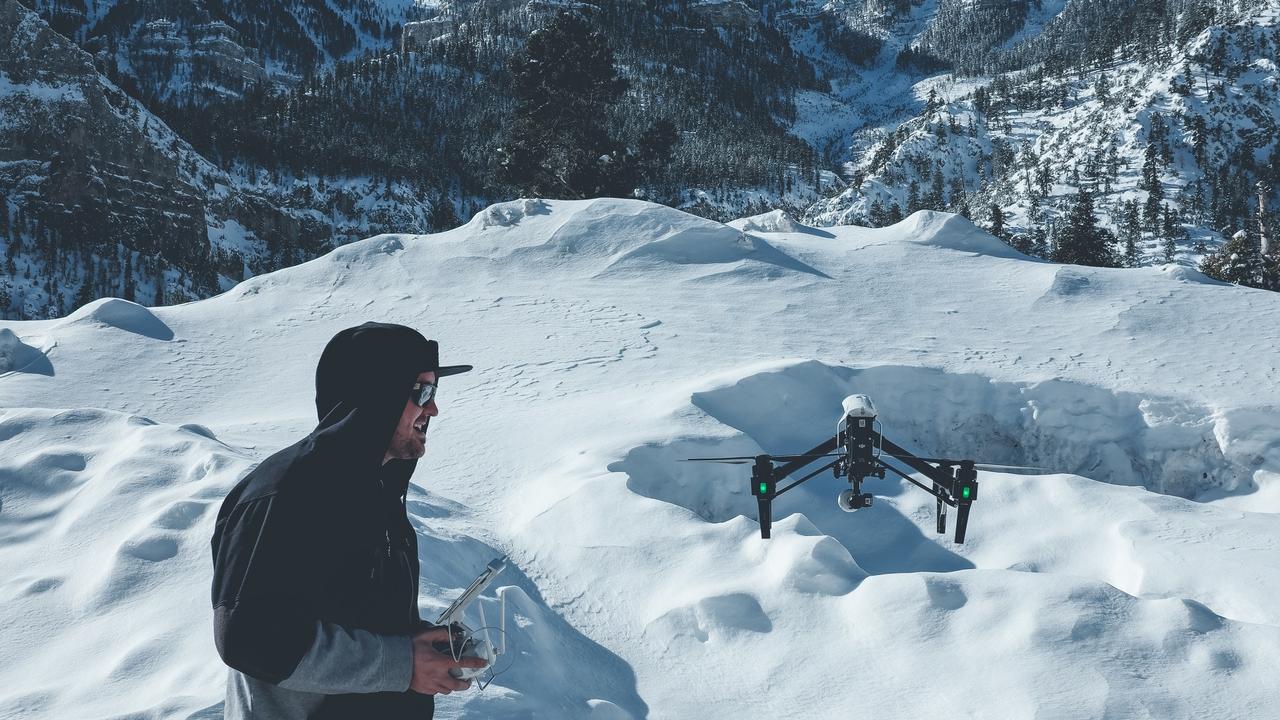UAS Traffic Management System: What Will the Sky Look Like in 5 Years?

In this article, we will be discussing the UAS Traffic Management System (UTM) and what it means for the future of drone technology.
The Federal Aviation Administration, NASA and Large Industry Stakeholders have been working towards a common goal over the last few years, which has been the Safe Integration of Drones into the National Airspace. Without confirmation that manned aircraft pilots and unmanned aircraft will be able to safely share the airspace and effectively communicate throughout the process, the industry will not progress in the direction we know we are capable of.
Initiatives like Package Delivery & Beyond Visual Line of Sight Operations (BVLOS) will be limited, which is why programs like the UAS Traffic Management System (UTM) have been introduced, with a defined set of standards to monitor Low Altitude Operations.
For those of you who are unfamiliar with UAS Traffic Management, I want to preface by stating that UTM is a concept, not a product. As you can see in the graphic below, it helps effectively create a system for managing communication between Manned Aircraft Operations & Autonomous/Unmanned Aircraft Operations at Low Altitudes (Below 400 Feet).

What are the stages of rolling this out?
Like any new initiative, the program has been released in a series called Technology Capability Levels (TCL), which gradually increase in complexity.
TCL #1: August 2015, field testing took place to address the following operations:
- Agriculture
- Firefighting
- Infrastructure Monitoring
- Geofencing
- Rules of the Road at Various Altitudes
- Vehicle Trajectories
TCL #2: October 2016, focused towards Beyond Visual Line of Sight Operations in sparsely populated areas.
TCL #3: May 2018, leveraged the progress accomplished in TCL #2, with an emphasis on determining how to maintain a safe distance between responsive and nonresponsive operations over moderately populated areas.
TCL #4: Will determine the viability of UAS Operations in high-density urban areas. This information will assist in large scale package deliveries at Low Altitudes.
The tests above incorporate committed governments, industry and academic partners, NASA, and the Federal Aviation Administration.
As much as communication and transparency will assist in the integration of drones into the national airspace, there are other unknown factors that could arise during operations that would require reactive technology.
Scenario
Let’s say an unmanned aircraft has been programmed to fly autonomously from Point A to Point B, delivering a small package to a consumer. Suddenly, a police helicopter or first responder enters the airspace, flying directly into the flight path of the preprogrammed drone with little time to react.
Having a reliable UAS Traffic Management System would allow for the automatic communication between the drones and the first responder helicopter, without the need of direct human intervention.

These processes have been developed and continue to be tested as more drones enter the sky. Above is a graphic from AirMap to provide you with insight into this new ecosystem.
For more information about UAS Traffic Management, or anything else related to drone technology, check out www.Altitude-University.com for resources assisting recreational and commercial drone pilots. Not a drone pilot? No worries, Altitude University has published an Online Part 107 Test Prep to prepare you for the Part 107 Drone Exam.
High-Level Overview of AU's Online Part 107 Test Prep Course: The Ultimate Review
Until August 29, 2016 the rules and regulations in the U.S. were mostly unstructured in terms of the legality of flying UAV’s. Since then, the Federal Aviation Administration (FAA) has made many strides in making flying drones legal and far safer.
The Altitude University Online Part 107 Course is a test prep course aimed to help drone enthusiasts pass the exam and acquire their FAA Remote Pilot's Certificate (better known as Part 107 License) that will allow you to legally make money flying drones.
The program has been created by Brandon Trentalange who is one of the most popular entrepreneurs in the drone industry. He has over 6+ years of experience flying drones as a professional drone pilot, has consulted top corporations like NASA, Jet Propulsion Laboratory and Syngenta, and helped over 2,000+ drone operators start a career in the industry.



